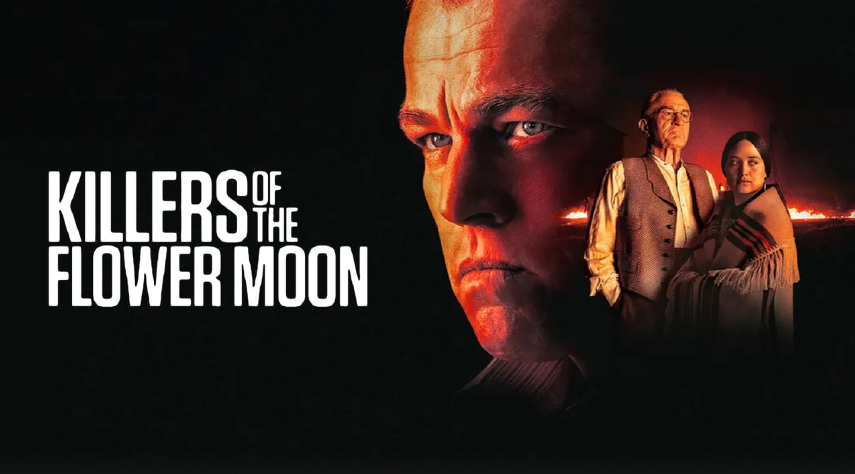“Critics know it best”- Academy Awards: A debrief
- Isadora Gramicelli
- Apr 12, 2021
- 4 min read
Updated: May 5, 2021

Native American receiving Marlon Brando’s Oscar for Best Actor for his role in “The Godfather” in March 1973. The woman was sent by Brando to go on stage and give a speech about the portrayal of Native people in Hollywood films.
With the approaching academy awards, I had the intention of naming my article this month “Everything that is wrong with the Oscars”. In fact, I had, for months, been planning to write about all the not-so-commendable things about the ceremony. It just so happened that, for the second consecutive year, the nominees did not disappoint me. Thus, it would be hypocritical of me to ignore the academy’s redemption attempt after years of exclusion and questionable fairness. With that in mind, I decided to instead bring up a discussion about the implications of the ‘best-picture’ of the year being decided by the votes of 8,469 critics and or film industry figures. The Oscar is based on this premise that a couple of technically-knowledgeable Hollywood people should be single handedly responsible for discerning what’s good art from what’s not. Consequently, that their thoughts will missionarily guide the other earthly citizens. This article contains some thoughts on the implications of the most basic assumption behind the Oscars, that critics -and their biases- determine the quality of art, seeing that some degree of bias is inevitable for arts.
If critics are the ones defining the quality of art, the biases in their judgement has the potential to constrain artistic production and consequently its application to society. The Oscars hold the prestige of being a good determinant of the best cinematic productions yearly. Yet, the critics who vote for the nominees have been subject to decades of criticism as a result of their neglect of filmmakers of diverse backgrounds, or films of diverse subject matter. They have also shown themselves to dislike experimentalism and not so ‘hollywood-like’ techniques, seeming to always reward the same kinds of filmmaking, which constrains innovation and imagination. In fact, the slang “Oscar-baity” surged amongst filmmaking students and now is wide-spead throughout the industry, exactly for being a mockery of such phenomena (Alves). Critics' judgement in the Oscars and in general will shape what kind of art is created by artists and to an extent, what is enjoyed by viewers. Consequently, art’s social role of shaping society and its beliefs may be impaired. An not unusual counterargument is that, perhaps these biases merely reflect the film industry as it was when the Oscars began and have changed as dominant attitudes in society have changed too. Thus, biases may be an inevitable reflection of the society from which they arise. Like so, biases may be viewed as negative when determining what kind of knowledge should be pursued, as they can limit the audience and creators’ ideas of what good art is. As a result, critics' biases fail to encourage the pursuit of new and different forms of art that could bring about social transformation, limiting their societal role of shaping culture and norms amongst its audience, both in the collective and personal level.
There are many instances however, where the general public’s opinion diverges from critics opinion of a piece, art form or topic, in which case the audience’s personal biases may be broadening instead of limiting as it expands the allowance of forms and thus possibilities for expression. Many critics are still fairly conservative of what should or shouldn’t be considered art. Some extreme critics even argue that film itself is not a legitimate art form. A topical example of the divergence between some critics and the audiences could be seen in the polar opinions about ‘hybrid art’, a contemporary movement in art aiming to incorporate science and technology into pieces. For being hybrid, artists integrate different technological art forms, including “film, photography, radio, television, computers, and the internet into their artistic practices... With so many layers to it, this type of art is transdisciplinary”(Fathers). Storytelling artists from the movement often rely on the employment of several different art forms to tell a single story. Such an approach allows for an artist to opt for the optimum art form to convey a particular segment of a story.
Critics that dislike this hybrid art form, argue that such an approach legitimises any and all art forms resulting in a lack of clear boundary as to what makes art, art. This could be negative for the production of artistic knowledge, as it implies a lack of consensus for determining quality. Yet, given that artistic knowledge is largely based on emotion and personal experience it’s questionable the extent to which consensus is fundamental for art. For both their audience and artists, hybrid storytelling is said to further the artist's self-expression and communication, in a way no single other form allows. By promoting the artist’ possibilities for expression and fostering imagination, hybrid storytelling can elicit a higher degree of emotional connection with the audience. This emotional connection is important as art has the possibility to enhance personal knowledge, contributing to one’s view of oneself and of the world. Thus, if not critics, but the audience who defines the quality of art, personal biases in art may be positive as it results in increased creativity on the part of the artist and a wider range of emotional experience, or otherwise, on the part of the audience.
In short, bias regarding how art is defined and judged may be positive if broadening the role of imagination, increasing the artist creativity and widening the range of emotional experience by the audience, yet negative if constraining, by failing to encourage the pursuit of new and different forms of art, as when merely defined by Oscar critics. It is clear that a certain degree of bias is unavoidable and indeed, a complete absence of bias is not necessarily desirable. As such, bias in art can be positive when fuelling imagination and driving us to pursue new ideas and push boundaries, but it is negative when fuelled by negative emotions that underpin the desire to exclude, constrain or misinterpret.
Works cited: Alves, Cláudio. “Blog - the Film Experience.” The Film Experience, 28 Jan. 2021, thefilmexperience.net/blog/tag/oscars-70s.
Fathers, The Blog. “Hybrid Art and How It’s Changing Creativity for the Future.” The Blog Fathers, 6 Apr. 2019, www.theblogfathers.com/hybrid-art-a-look-into-the-futuristic-world-of-fine-arts .






Comentarios